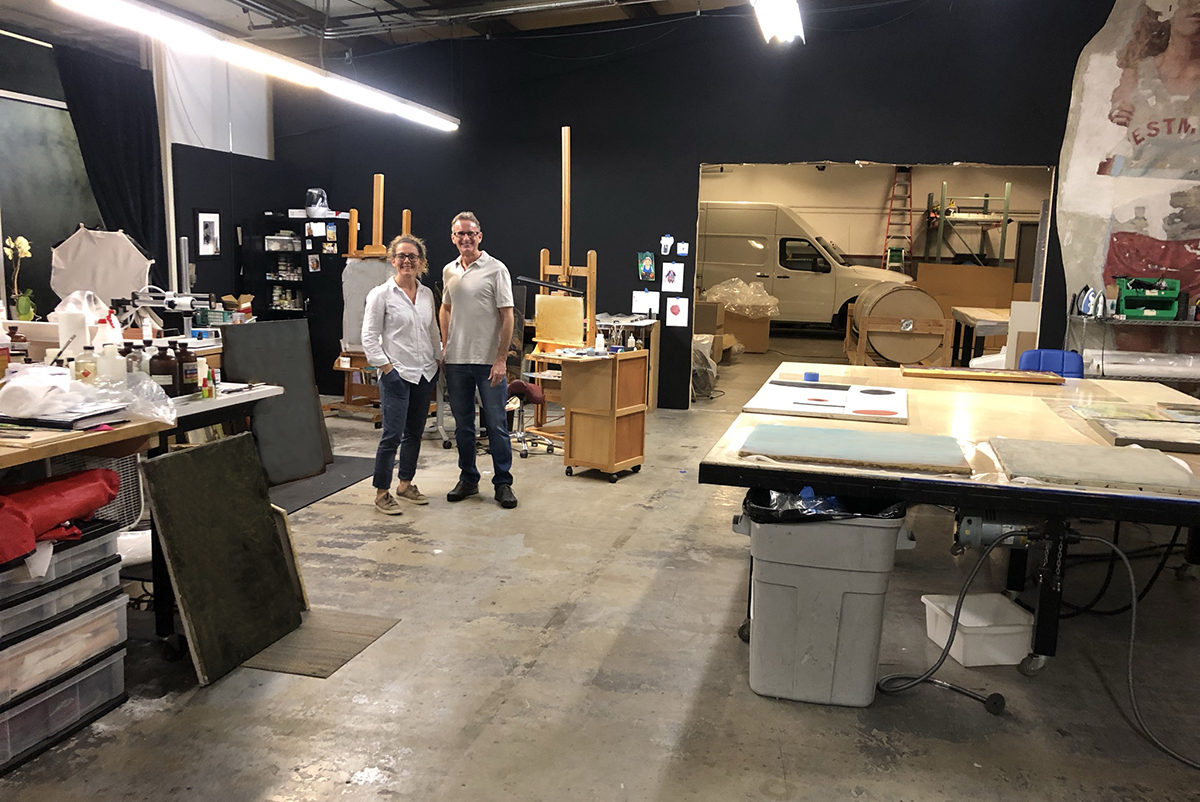Art restoration and conservation, or preferably “fine art restoration and conservation,” are a highly specialized trade blending education, technique, artistry, chemistry, and experience, are a few of the skills required.
Restoration is an attempt to return the artwork as close as possible to its original condition, whereas conservation, by contrast, focuses on preserving the artwork and alleviating further degradation.
If you own a painting that might require restoration and conservation, we recommend that you exercise extreme caution when choosing a professional restorer or conservator. If you select a mediocre or incompetent restorer or conservator, you could be spending money to procure your returned painting less valuable after treatment than before. Quite often, if a painting needs restoration, experienced collectors would prefer to purchase the painting pre-restoration so that they could choose the restorer.
An improper (chemical) treatment by an inexperienced or negligent restorer can diminish the value of your artwork by upwards of one hundred percent. Quite often, many seasoned art collectors will exclude any purchase of art once it has been poorly restored and sometimes even if it has been restored, whether appropriately or not. Another scenario exists where an inferiorly restored painting can be purchased at a discount to have a highly skilled conservator reverse the previous restorer’s poor-quality restoration.
Thousands of paintings show up yearly at public auctions with a range of previous restoration treatments ranging from incompetence to almost a total loss of value from a ravaged treatment. The quantity of poorly restored paintings is astonishing, and many owners are unaware because once restored, a second opinion is rare until the owner tries to sell the painting. Therefore, it’s common practice for almost every public auction company to list the condition of the artwork being offered for sale and if there is evidence of prior restoration. If there is, it’s an obvious red flag for the experienced collector that a closer inspection and examination are needed before purchasing.
With over twenty years of secondary art market acquisitions for ourselves and our clients, we have earned a high level of inspection and examination experience, allowing us to expertly consult with our team of third-party professional fine art conservators. Our professional fine art restoration and conservation services include an onsite physical examination and inspection with a high-powered ultraviolet fluorescent light and our preliminary recommendation before a second onsite physical examination by one of our conservator affiliates. Additionally, if an onsite physical examination is cost prohibitive, we may offer a limited inspection by reviewing high-resolution photography.
If, after our inspection, we determine your painting would benefit from restoration and conservation, we work collaboratively with or by referral to exceptionally well-qualified and well-known fine art conservators in the Southern California area. Our conservators also offer infrared reflectography, x-ray radiology, and scanning imagery.
Some of the most common condition issues affecting older paintings can include:
- Deterioration of appearance due to dirt, grime, smoke, or discolored varnish
- Age-related cracking into a network of fine cracks known as craquelure
- Flaking, buckling, or cupping in the paint and ground layers
- Paint loss in areas of the painting
- Tears, rips, chips, dents, or punctures in a painting
- Ripples in a canvas
- Paint or varnish layers separating due to splitting and failure of layers (crazing)
- Brown spots on works on paper (foxing)
- Acidic discoloration of paper causing it to darken
- Fading caused by excessive exposure to light
- Mold (spores) growth
- Excessive over-painting by an unskilled restorer
- Excessive over-cleaning or abrasion (skinning) by an unskilled restorer
If you have a painting that you think might require restoration or repair or could benefit from fine art conservation, please reach out to us at (818) 398-7363 or email at greg@gregcolley.com. You can Contact Us here as well.
Glossary of conservation terms
